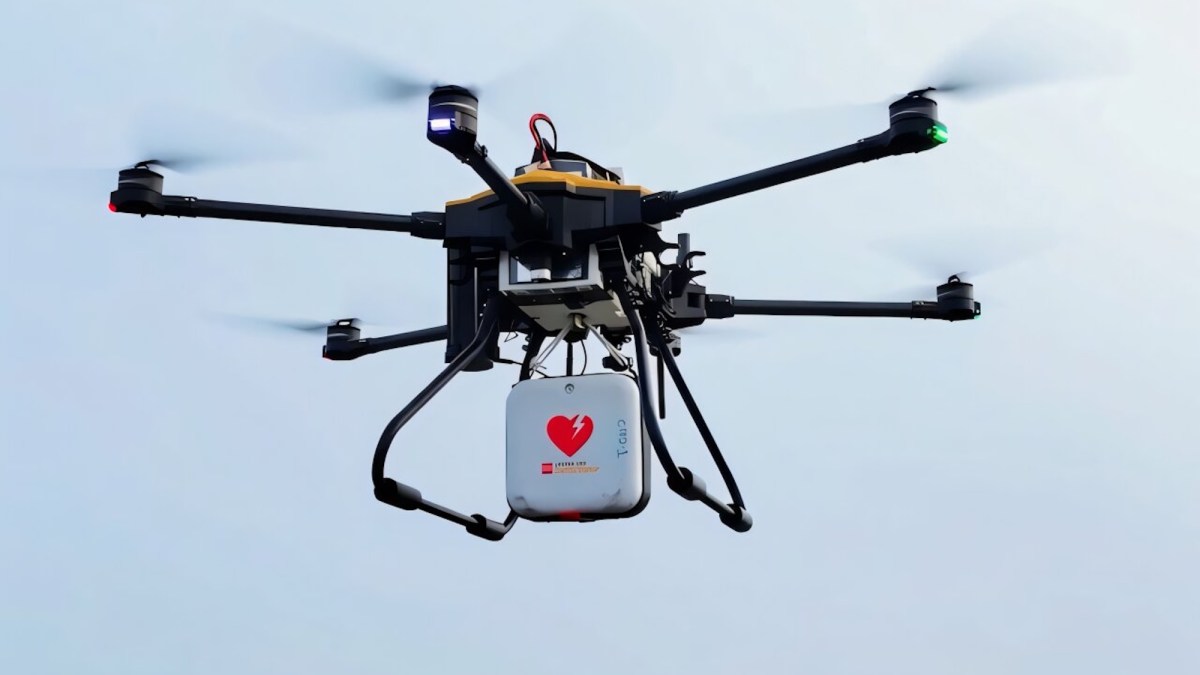Spot, the four-legged robot from Boston Dynamics Inc., is perhaps best known for its viral dance routines to songs like “Uptown Funk.” But beyond its playful antics, Spot’s ability to climb stairs and open doors signals a potentially controversial role as a policing tool.
Five years after its commercial debut, the 75-pound, German Shepherd-sized robot is increasingly being deployed by local law enforcement to handle armed standoffs, hostage rescues and hazardous materials incidents — situations where sending in a human or a real dog could be life-threatening.
More than 60 bomb squads and SWAT teams in the US and Canada are now using Spot, according to previously unreported data shared by Boston Dynamics with Bloomberg News.
[…]
Spot’s role on law enforcement teams varies. In 2022, it approached a man who had crashed a car trying to kidnap his son in St. Petersburg, Florida, to keep an eye on the situation and see if he was armed. In Massachusetts last year, in two different incidents, it helped assess a chemical waste accident at a middle school in North Andover, and it intervened when a suspect in Hyannis took his mother hostage at knifepoint and fired at officers. Spot was deployed to corner him and police eventually followed with tear gas to apprehend him.
“It did its job,” said trooper John Ragosa, a Massachusetts State Police bomb squad member and the Spot operator assigned to the hostage-rescue mission. “The suspect was stunned, thinking ‘What is this dog?’”
The robot, which starts at around $100,000, can operate autonomously in many cases — performing maintenance checks, detecting gas leaks and inspecting faulty equipment — but still relies on human operators like Ragosa for decision making. Using a tablet that resembles a video game controller, an operator guides the machine while monitoring a live video feed from its onboard camera system. Additional built-in sensors handle navigation and mapping. During high-stakes situations, officers can also view the live feed on larger nearby screens.
Spot’s technology continues to evolve. The company recently added a mode to help Spot navigate slippery spots. And it’s working to help Spot better manipulate objects in the real world.
[…]
Roughly 2,000 Spot units are now in operation globally, Boston Dynamics said. The deployments include organizations such as the Dutch Ministry of Defense and Italy’s national police. While most of the company’s customers are still industrial clients, including manufacturers and utility providers, interest from law enforcement has surged over the past two years, said Brendan Schulman, Boston Dynamics’ vice president of policy and government relations.
[…]
“One of the things about the so-called robot dogs that we are a little wary of is this normalization and this sort of affectionate framing of calling it a dog,” she said. “It’s normalizing that for the public when it’s not actually a dog. It’s another piece of police technology.”
Ryan Calo, a professor at the University of Washington School of Law focusing on robotics law, said that the technology could deepen public skepticism toward law enforcement, and said clear guidelines are critical for safe deployment.
“The unease people feel around robotics is not just a psychological quirk,” he said. “They are disconcerting for a reason. The overuse of robotics in policing will further dehumanize police to the public and break down those community ties that have been so important to policing over so many years.”
[…]
“I don’t think every police officer needs a robot partner,” he said. “But the use of robots in certain situations that have been specified in writing in advance is good. No one wants police to risk their lives or fail to gain situational awareness during an emergency — nor do we want to live in a robotic police state.”
Source: A $100,000 Robot Dog Is Becoming Standard in Policing — and Raising Ethical Alarms




